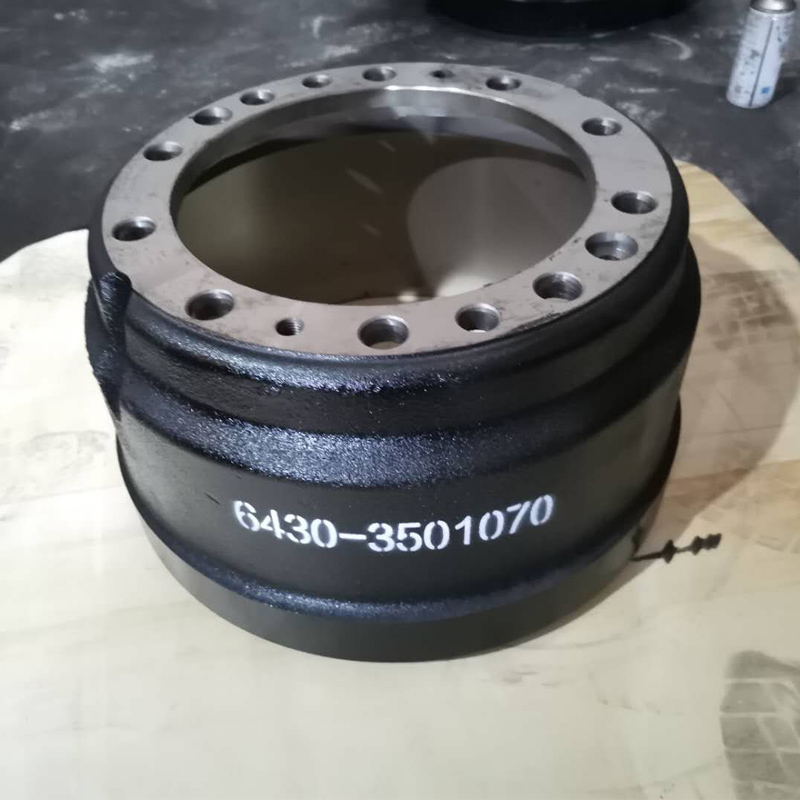Dec . 04, 2024 16:11 Back to list
brake drum repair
Brake Drum Repair Essential Guide for Vehicle Safety
Brake drum repair is a critical aspect of vehicle maintenance that often doesn't get the attention it deserves. The brake system is vital for ensuring safe stopping and controlling the vehicle, and brake drums play a key role in this process. Understanding brake drum repair can help vehicle owners maintain their cars' performance, enhance safety, and potentially save money in the long run.
Understanding Brake Drums
Brake drums are cylindrical components located at the back wheels of many vehicles. They work in conjunction with brake shoes to create friction, which slows down or stops the vehicle when you press the brake pedal. The brake shoes press against the inside of the drum, generating the necessary force to halt the vehicle’s movement. Over time, wear and tear can lead to the need for repairs or replacement.
Signs That Your Brake Drums Need Attention
1. Squeaking or Scraping Sounds If you hear unusual noises when applying brakes, it could indicate that your brake drums are worn or damaged. 2. Vibration When Braking Feeling vibrations in the brake pedal or the steering wheel can signal that the drums are warped or unevenly worn.
3. Poor Braking Performance If your vehicle takes longer to stop or the brake pedal feels softer than normal, it may be time for a brake drum inspection.
4. Visible Wear and Damage Regularly inspect your brake components. If you notice deep grooves or cracks in the brake drums, replacement or repair is necessary.
The Brake Drum Repair Process
1. Inspection The first step in brake drum repair is a thorough inspection. A qualified mechanic will look for signs of wear, cracks, warping, or any other damage. They will also check the brake shoes and other components to assess the system's overall condition.
2. Removal If repairs are needed, the mechanic will remove the wheel and brake drum. This process may involve loosening the wheel nuts and using special tools to detach the drum securely.
brake drum repair

3. Machining Depending on the extent of the wear, the brake drum may be machined to restore its flat surface. This grinding process eliminates small grooves and irregularities that can cause poor braking performance.
4. Replacement If the drum is cracked or severely damaged, replacement is often the only option. New brake drums should match the specifications of your vehicle for optimal performance.
5. Reassembly and Testing Once repairs or replacements are completed, the mechanic will reassemble the components, ensuring everything is properly secured. A test drive is usually conducted to confirm that the brakes are functioning correctly.
Regular Maintenance to Prevent Brake Drum Issues
Preventative maintenance can significantly extend the life of your brake drums and improve vehicle safety. Here are some helpful tips
- Regular Inspections Schedule regular brake inspections as part of your vehicle's maintenance routine. This can help catch any issues early before they develop into major problems.
- Quality Brake Pads Using high-quality brake pads can lessen the wear on your brake drums. Cheaper pads may wear out faster and cause uneven wear on the drums.
- Brake Fluid Checks Ensure your brake fluid is at the right level and change it according to the manufacturer's recommendations. Contaminated or low brake fluid can affect brake performance.
Conclusion
Brake drum repair is an essential part of vehicle maintenance that no driver should overlook. A well-functioning brake system is critical for safety on the road. By recognizing the signs of wear and conducting regular inspections, you can save money, enhance your vehicle's longevity, and most importantly, ensure your safety and that of others on the road.
Whether you are a seasoned mechanic or a novice car owner, understanding the basics of brake drum repair is valuable. Always consult with a professional if you are unsure about the condition of your brakes. Safety should always come first, and taking care of your brake system is an excellent investment in your vehicle's performance and reliability.
-
HINO Industrial Solutions - ¡Ң���ຽ��е��������˾ | Advanced Efficiency&Customization
NewsJul.13,2025
-
HINO Industrial Efficiency Solutions - ¡Ң���ຽ��е��������˾
NewsJul.13,2025
-
HINO Industrial Solutions - ¡Ң���ຽ��е��������˾ | Advanced Technology&Reliability
NewsJul.13,2025
-
HINO Industrial Efficiency-Jiangsu Hino Industrial|Productivity Optimization&Cost Reduction
NewsJul.12,2025
-
HINO-¡Ң���ຽ��е��������˾|Advanced Industrial Solutions&Energy Efficiency
NewsJul.12,2025
-
Premium Brake Drum Iveco – Durable Drum Brake Drum & Brake Shoe Solutions
NewsJul.08,2025
